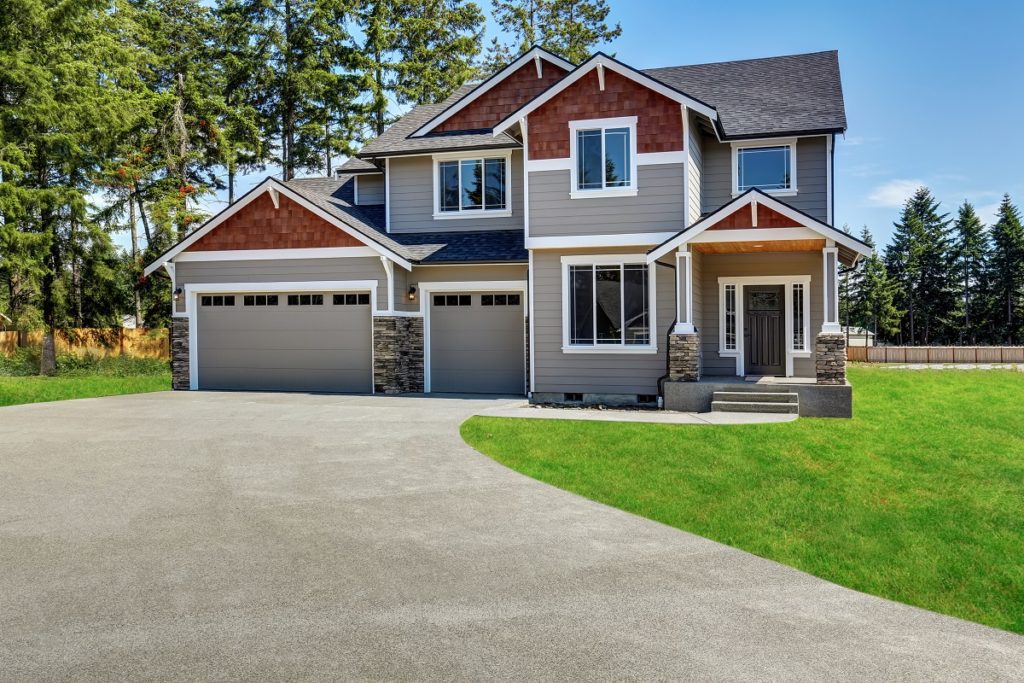Owning a home and living in it doesn’t mean you have to focus exclusively on the indoor part. As our lifestyles get busier, and we spend more time sitting down in front of screens, we need natural influences more than ever. Experts state that increasing our interactions with nature will provide a boost to our well-being. And that connection can be fostered by improving the outdoor aspect of your property.
While you do need professional contractors for stormwater management, grading, and other essential landscaping activities during construction, you can undertake many subsequent improvements on your own. Hiring a landscape designer isn’t necessary. But you’ll achieve the best results when you set aside some of your spare time to study and apply sound design principles to your outdoor environment. Here’s how you can get started.
Studying design principles
To the layman, art and design might be interchangeable forms. Yet as you become better acquainted with these creative disciplines, you’ll realize that they are different. Designers must take function into account. And each field of design must deal with unique challenges.
Most homeowners dabble to an extent in interior design. They can be quite familiar with specific aesthetics, from minimalist to rustic. They know which elements to use to achieve different effects. If you already have existing knowledge of these design principles, it can be easier to bridge the gap in understanding landscape design.
When you work with landscapes, you are dealing with a natural environment. Despite human interventions to change or control the outdoor areas of a property, it will evolve. Seasons change; the weather varies. Plants can grow or wither. The activities of occupants, including property maintenance or lack thereof, can also lead to changes over time.
Embracing this unique challenge of landscape design will allow you to see beyond the paper outlines and visual inspiration you might have assembled at the outset. Naturally, you will want to plan elements such as lines, forms, colors, and textures in your landscape. But your successful execution of this plan will still be subject to several factors.
Understand the site conditions
With your eyes shut, maybe you could visualize yourself walking outside and tending to what will soon become flower beds or vegetable patches. That vision might not become a reality if you aren’t familiar with your soil.
The properties of soil determine its capability for aeration and retention of water and nutrients. These characteristics, in turn, make certain soils more favorable for some plants, less desirable for others. How you work with the land and align it to the types of plants you want to grow is essential to achieving and sustaining the desired look of your landscape.
If you don’t know the characteristics of your soil, you can ask the contractors who worked on the property. Since soil qualities are mostly the same in an area, your neighbors can also give you some advice. Or you can try some kitchen experiments to analyze soil samples from your yard.
Other site conditions you must account for are climate, sunlight, and weather. The Internet can quickly turn up the relevant information for average and extremes of local temperature and precipitation. You can then cross-reference that with the tolerance range of plants you intend to grow.
Don’t forget to observe your property during the day for sunlight patterns. Patches always in the shadow of your house or a nearby tree will often be restricted to shade-loving plants.

Align with your needs
Good design weds form and function to achieve the best result. When you work on landscape improvements for your property, looks can’t be the only consideration. How you and other occupants intend to live and use the property will lead to certain compromises.
For example, if you want to take frequent strolls around the yard, then a definite path will be necessary together with some means of keeping feet off the plants. This extends to the family dog and other pets. Frequent movement over soil leads to compaction. Plants find it difficult to grow there, and those patches tend to become bare.
On the other hand, if you anticipate spending a lot of time indoors, then enjoying nature will most likely revolve around appreciating the landscape from your windows. Thus, you’ll want to study the different views from inside your home, particularly in rooms where you’ll often be staying. This way, you can effectively design your landscape to take in the best of the outdoors.
Take the time to work on your landscape using solid design principles, and you’ll be rewarded each day with a stronger connection to nature and all the associated benefits.




